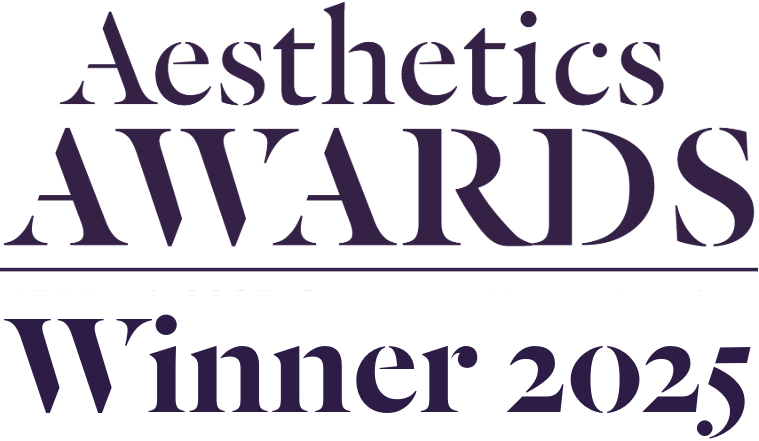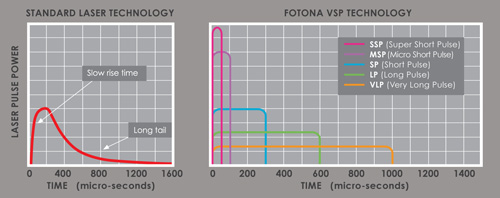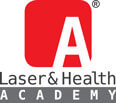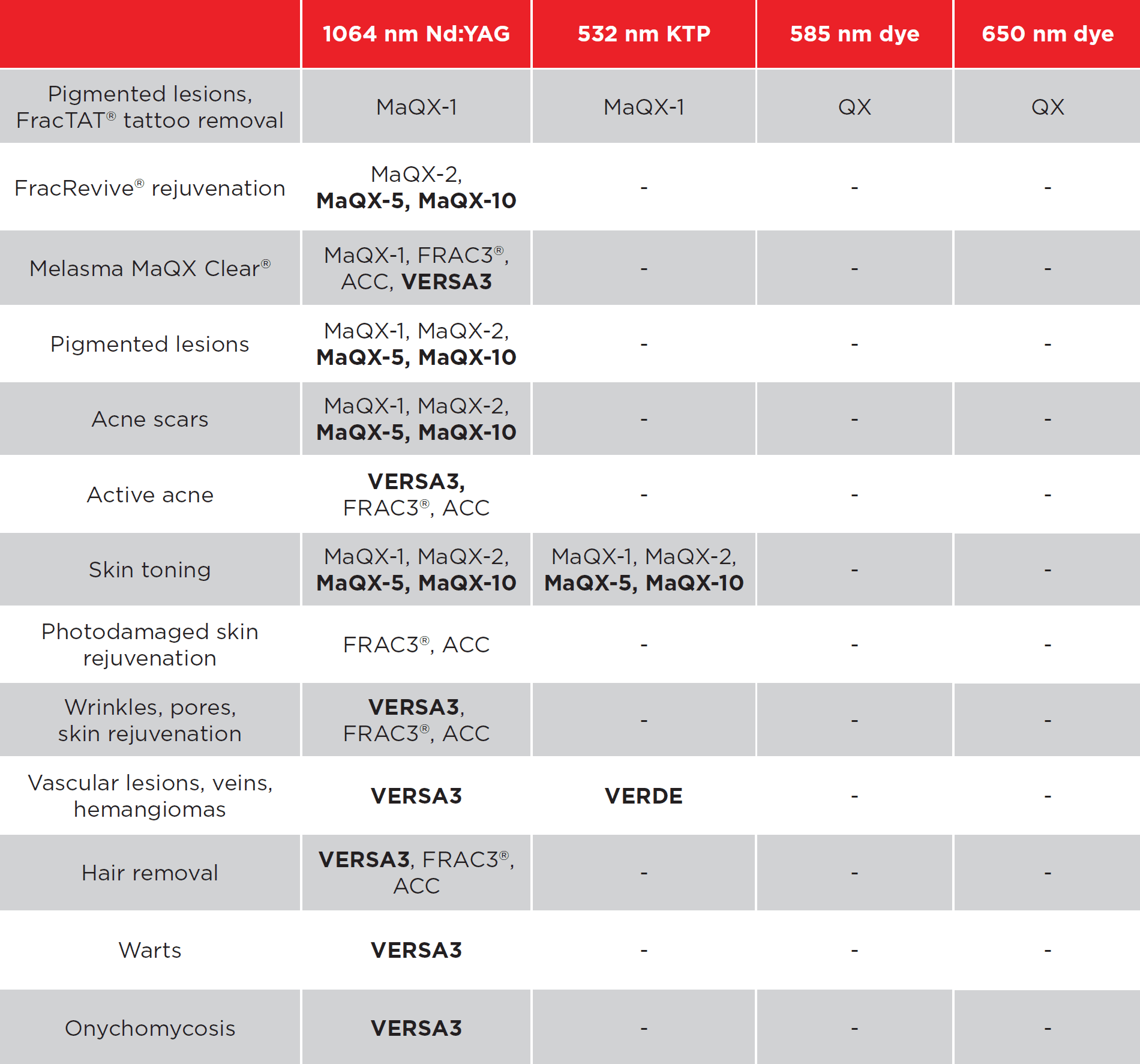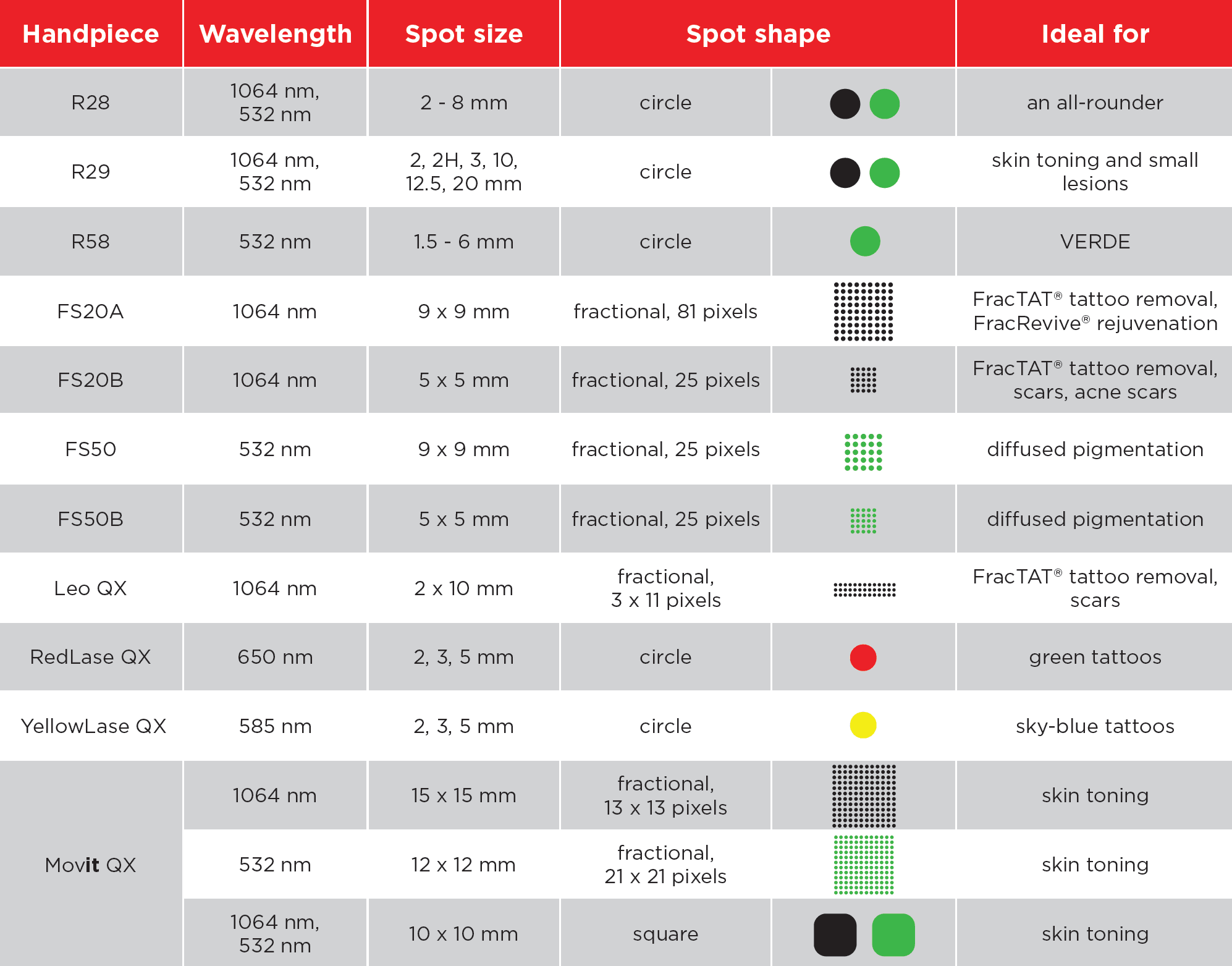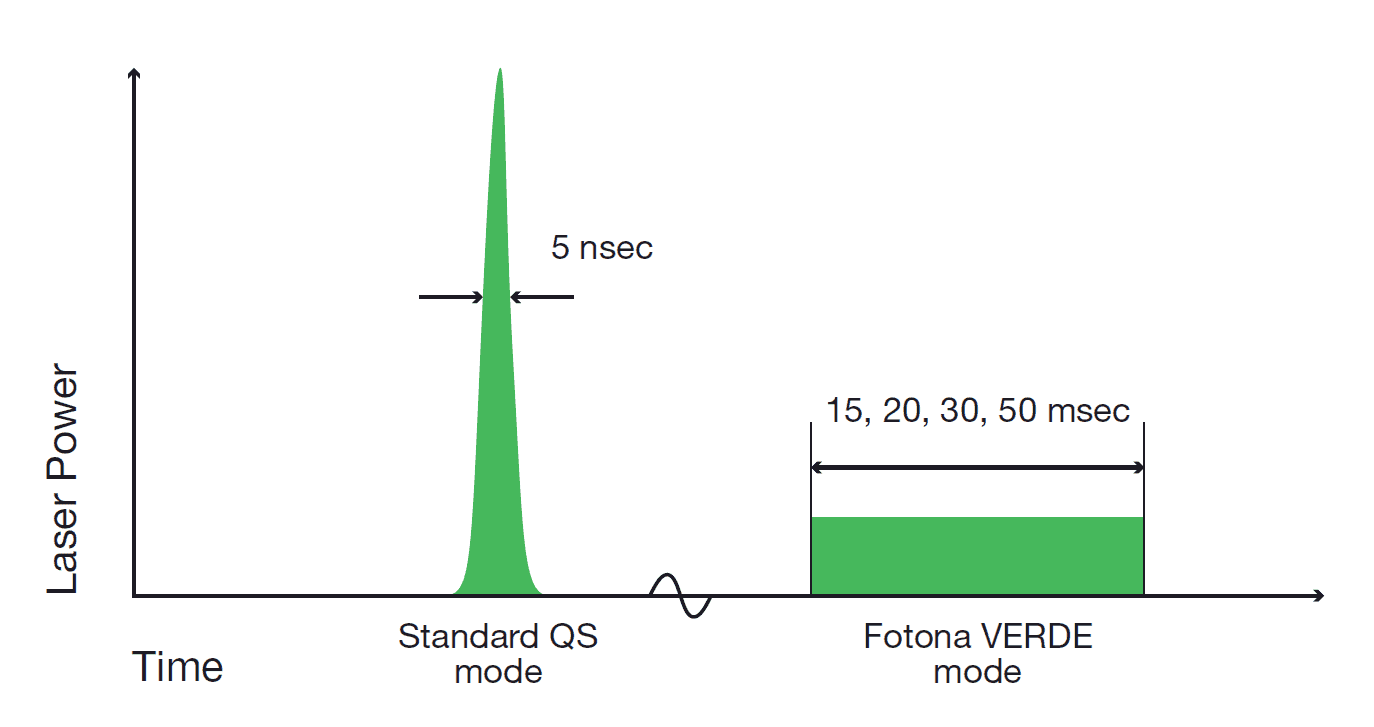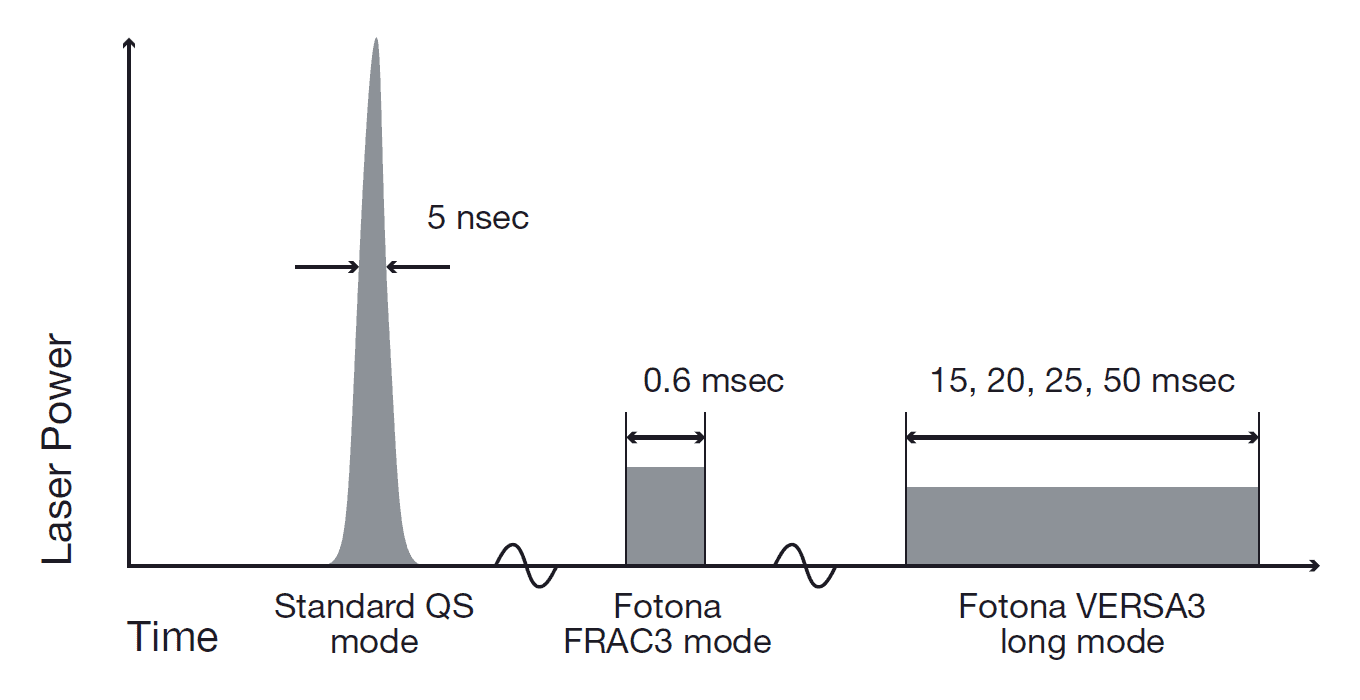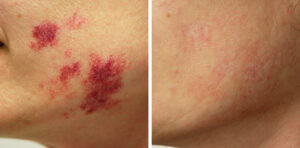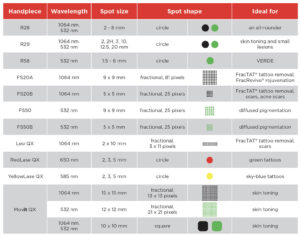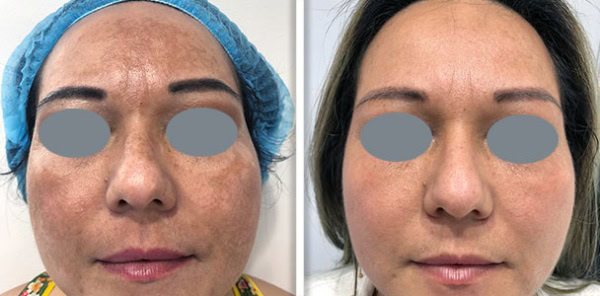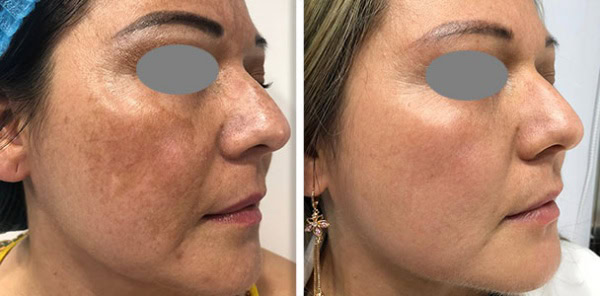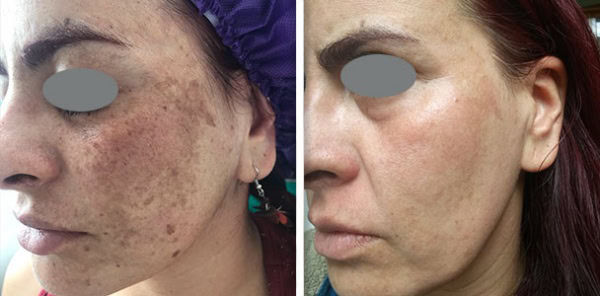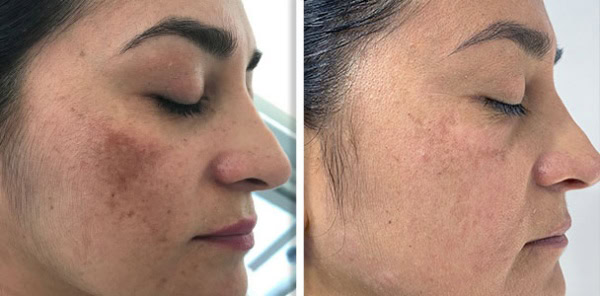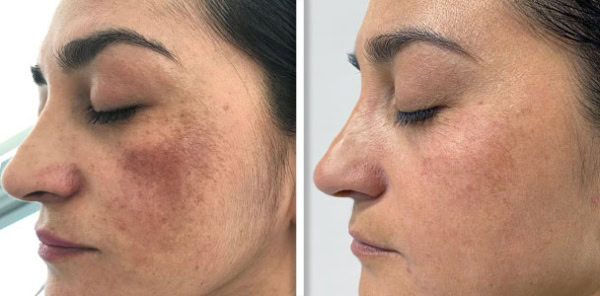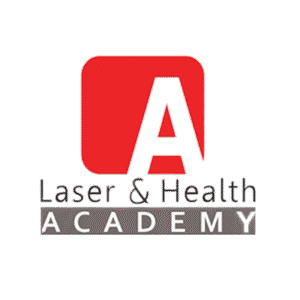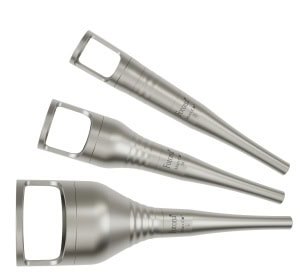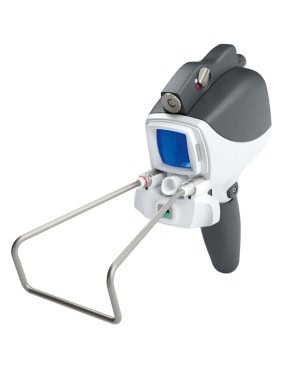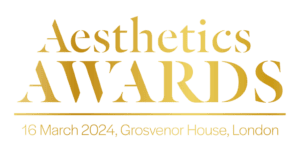Tanja Phillips1, Christian Phillips2
1Medical Aesthetic Clinic Ltd, Winchester; 2University of Winchester, Winchester
Abstract. Background: There has been an increasing desire and interest for non-invasive body contouring techniques within the field of aesthetic medicine. Aims: We present our experience and review of the safety, efficacy and tolerability of combining laser lipolysis, skin tightening and High-Intensity TESLA magnetic stimulation (HITSTM). Methods: 9 patients underwent between 2-6 sessions of a combination of laser lipolysis, skin tightening and HITSTM muscle stimulation for unwanted abdominal fat. Objective out- come was assessed by the change in compound measurements taken before and after each treatment session. Subjective outcomes include the patient’s overall impression, a photographic assessment and a visual analogue scale of patient acceptability. Results: All patients demonstrated a reduction in compound girth measurement after a treatment session and this reduction was sustained between treatment sessions allowing a gradual and continuous reduction in compound girth over a 6-month period. Patients with lower initial body fat benefited from greater muscle tone and definition. All patients felt their appearance was “much improved” or “very much improved” and all found the treatment acceptable and would recommend to a friend. Conclusions: The combination of TightSculptingTM and the StarFormer® HITSTM seems to be an effective and non-invasive method for abdominal body shaping, which is safe and well tolerated by patients with high levels of patient satisfaction.
Key words: bodysculpting, aesthetics, lipolysis, muscle stimulation
Introduction
There has been an increasing interest in non- invasive body contouring techniques within the field of aesthetic medicine1. Two prominent technologies in this field are laser fat reduction and magnetic muscle stimulation. Both offer innovative approaches to fat reduction and body contouring without the need for surgery or breaching the skin. Several papers have been published on the two techniques separately, but to our knowledge, this is the first study to assess the combi- nation of laser lipolysis, skin tightening and magnetic muscle stimulation. We briefly explore the mechanism of action, clinical applications of these technologies
and outline the results of our study evaluating the ef- ficacy of combination therapy for non-surgical body contouring.
Laser TightSculpting:
The TightSculptingTM treatment (Fotona, Lju- bljana Slovenia), is a non-invasive body contouring and skin tightening therapy. It is effective in reducing local- ized fat deposits in areas such as the abdomen, flanks, thighs, and arms. The treatment is a dual-purpose procedure for body contouring that simultaneously targets adipose fat reduction and improves skin lax- ity through collagen rejuvenation. TightSculptingTM is
a dual-wavelength laser treatment that combines the benefits of two laser modalities: Nd Yag and Er Yag. The procedure involves a two-step approach that ena- bles sequential deep tissue heating followed by super- ficial skin tightening2-6.
Nd Yag (1064nm): Fat reduction: This wave- length penetrates deeply into the skin, target- ing subcutaneous fat. The Nd Yag laser induces thermal effects that lead to the disruption of fat cells (adipocytes). Adipocyte pyroptosis occurs at tissue temperatures of 40–43°C. The controlled heating also stimulates deeper col- lagen remodelling and neocollagenesis, en- hancing skin tightening.
Erbium Yag (2940nm): Skin tightening: This wavelength is absorbed more superficially and is used for skin resurfacing and tightening. The Erbium (Er) Yag is delivered in pulses (patented SMOOTH mode) which is non- ablative. The Er Yag laser targets the epider- mal and dermal layers, promoting collagen contraction and remodelling.
Clinical studies and patient reports suggest that Fotona TightSculpting provides significant improve- ments in body contour and skin texture. In vivo CT imaging before and after treatment has shown reduc- tions in subcutaneous fat without increases in visceral fat5. Most patients experience visible fat reduction and tighter skin after a series of treatments. The procedure is generally well-tolerated with minimal downtime, making it a popular choice for individuals seeking non-surgical body contouring options.
Magnetic muscle stimulation
The StarFormer (Fotona, Ljubljana Slovenia), employs High-Intensity TESLA magnetic stimula- tion (HITSTM) to induce supramaximal muscle con- tractions. This non-invasive technology is designed to enhance muscle tone and strength7-9. HITS™ gener- ates strong electromagnetic fields that stimulate muscle contractions at a rate and intensity higher than what can be achieved through voluntary exercise. These contractions trigger muscle hypertrophy and improve
muscle strength, tone and definition. HITSTM therapy is used primarily for enhancing muscle tone in various body areas, including the abdomen, buttocks, thighs, and arms. It is particularly beneficial for patients look- ing to achieve a more toned and sculpted physique without invasive procedures10-13.
As both the Fotona TightSculpting and Star- Former aim to reduce fat and improve body contour through different mechanisms this study aimed to evaluate the effects of combination therapy. Tight- Sculpting focuses on thermal fat disruption and skin tightening, making it suitable for patients with skin lax- ity and localized fat deposits. In contrast, StarFormer emphasizes muscle building, targeting patients who seek enhanced muscle tone and overall body sculpting.
Methods
We took 9 consecutive patients attending our clinic seeking non-invasive body contouring treatment and offered them a combination of laser fat reduction and skin tightening using the Fotona SP Dynamis TightSculpting protocol as well as High Intensity TE- SLA magnetic stimulation therapy using the Fotona StarFormer TightWave protocol. The protocol con- sisted of the following steps: STEP 1: fat reduction: Nd Yag applied using the ‘L Runner’ used to cause ap- optosis of fat cells. In addition an air cooler device is used at levels 1–2, depending on Fitzpatrick skin type, to ensure surface skin temperature remains between 36-38 degrees Celcius whilst deeper tissue tempera- tures are achieved for apoptosis of fat. The cooler set- ting was adjusted to reach a surface temperature of up to 39°C within 75–90 seconds, following Fotona’s latest protocol. Treatment involves 3 passes cyclically over 4 areas of the abdomen. STEP 2.1: Collagen stimulation and skin tightening Erbium Yag is applied using the ‘T Runner’ to achieve collagen stimuation. The ‘T runner’ applied at: 11.2 J/cm2 , 375 ms, STP: 118% and used cyclically over 4 areas and rotated for 3 passes. STEP
2.2: Collagen stimulation and skin tightening: Erbium Yag is applied using the ‘T Runner’ to achieve further collagen stimuation. Applied at: 9 J/cm2, 625ms, STP: 119% cyclically over 4 areas and rotated for 3 passes. STEP 3: Muscle stimulation and hypertrophy: The
Starformer HITS therapy utilised by applying one or two paddles over the recti abdominis and obliques (de- pending on the size of the patient: usually one paddle for women and two paddles for men). The treatment is applied for 30 minutes at highest intensity level toler- ated by the patient, with two sessions per week be- tween Tightsculpting treatments (1 month apart). Fat reduction and skin tightening sessions were conducted every 4 weeks with HITS therapy applied at each ses- sion and once or twice weekly in between.
We performed compound girth measurements at baseline and before and after every treatment. Meas- urements were taken of abdominal circumference at 4 points and added to give a compound girth measure- ment (CGM). The four points were measured 2 and 4 centimetres above and below a line drawn across the iliac crests. Patients were offered a course of combi- nation treatments customised to their particular goals and “trouble spots”.
We included all patients seeking body contour- ing but excluded any that had metal implants / or
pacemaker in their abdomen or pelvis. Both male and female patients were included. The primary outcome measure was the change in the compound girth meas- urement (CGM) from baseline the treatment comple- tion. Secondary outcome measures were 1) change in CGM between treatment sessions, 2) patient accepta- bility scores as scored on a Likert-type visual analogue scale, 3) Patient Global Impression of improvement (PGI-I: Figure 1) using a validated Likert scale and
4) open ended questionnaire and patient interviews on their experience. Statistical analysis: the change in CGM were evaluated using paired t-test.
Results
All 9 patients demonstrated a significant reduc- tion in CGM over a variety of treatment sessions p=0.001, as outlined in figure 2. The number of treat- ment sessions varied from just two sessions in two patients, with the majority receiving the recommended


Figure 1. Compound Girth measurement, PGI-I scale and Visual analogue scale for abdominal measurements, patient impression of improvement and patient ac- ceptability scores.
Figure 2. Results of compound girth measurements: the graph demonstrates a reduction in CGM in all patients with time. p=0.001 (paired t test).
6 sessions. Patients who opted for only 2 or 4 sessions, did so as they already achieved their target and and de- clined further fat reduction or contouring. All patients found the treatment acceptable. All scored between 7 and 10 on a 0–10 Likert-type visual analogue scale for treatment acceptability, and all stated they would “recommend the treatment to a friend. All patients scored their impression of improvement as “much im- proved” (3 of 9 patients) and “very much improved” (6 of 9 patients). No patient scored less than “much improved” on PGI-I (Patient Global Impression of Improvement) (Figure 2).
The reduction in CGM was more pronounced in individuals with greater adipose tissue, whereas muscle definition was more pronounced in those with less fat. On open-ended questionnaires patients commented on noticing a reduction in the size of clothes they wore
after completion of therapy, the loss of “stubborn’ fat that routine exercise could not shift and a greater sense in core strength. Examples of before and after treat- ment can be seen in Figure 3.
Discussion
Fotona TightSculpting and StarFormer Tight- Wave represent significant advancements in non- invasive body contouring technologies. Each offers unique benefits tailored to different patient needs and goals. TightSculpting is ideal for those seeking fat re- duction and skin tightening, while StarFormer Tight- Wave therapy is well-suited to patients looking to enhance muscle tone and definition. Both treatments provide effective, safe, and non-surgical alternatives

Figure 3. Before and after images of 3 patients demonstrating body contouring results and open-ended questionnaire comments.
for body sculpting, catering to the growing demand for minimally invasive aesthetic procedures. As tech- nology continues to evolve, these treatments will likely become even more effective and accessible, offering
patients more options for achieving their desired body contours. Our study demonstrates that combining la- ser fat reduction and skin tightening with HITS ther- apy is an effective, painless and acceptable treatment
option for patients seeking a non-invasive treatment option for fat reduction and body contouring. The re- sults of both treatments are typically visible after a few sessions, with incremental improvements over time. The longevity of the results depends on factors such as the patient’s lifestyle, diet, and exercise habits14. There are several challenges in assessing the morphological changes in the abdomen. High resolution magnetic resolution and computer tomography have been used in the past and demonstrated that laser lipolysis re- sults in the reduction of superficial fat and total body fat5. Unfortunately, both MR and CT scanning are ex- pensive and not amenable to routine clinical use. The use of compound girth measurements based on com- pound bony landmarks has previously been validated as an easy alternative to imaging that can be performed in the outpatient setting and reduces inaccuracies in measurements that can arise when using soft tissue reference points (eg. The umbilicus or moles etc) for taking measurements as these may change with weight loss / weight gain and reduction in adipose tissue15. A similar method using bony landmarks was employed by Valdivia when assessing the same HITSTM tech- nology. They reported the results of 10 patients un- dergoing 8 sessions of HITSTM therapy (2-3 sessions per week)16. The results showed both a visual improve- ment in the contours and tone of the abdomen (as de- termined by blinded assessors of photographs) and a reduction in waist measurements. The results were also associated with an improvement in patient satisfac- tion in outcomes. Similar results have separately been presented using HITSTM Tightwave therapy showing both improved visual appearance with hypertrophy of the rectus abdominis muscle as well as increased mus- cle strength and reduced circumference17.
To our knowledge, this is the first study to as-
sess the combination of both laser lipolysis using the Fotona Tightsculpting protocol and the Starformer tightwave HITSTM treatment. Our findings suggest that patients with more pronounced body fat are likely to see more significant results than those with less body fat. Our analyses suggest most patients noted between a 5-10% reduction in compound girth measurement. The combination of muscle stimulation allows the cli- nician to offer bespoke treatments according to the pa- tient’s wishes, target areas, and treatment goals. Those
with greater abdominal adipose tissue showed greater reduction in compound girth measurement which was sustained between treatments (and not regained) over the course of 3-4 months of therapy. This is reassuring as it demonstrates the degree of lipolysis is not transient and does not get redistributed back onto the waist over time. Similar studies have demonstrated that overall weight remains stable and there is no increase in vis- ceral fat5. The effects of magnetic stimulation on body definition are well recognised. Our study has dem- onstrated HITSTM achieves greater muscle definition and tone consistent with similar studies of magnetic stimulation on body contouring18,19. One patient also reported greater core strength and less problems with injury whilst training at the gym which is consistent with other reports of musculoskeletal rehabilitation20.
Conclusion
HITS™ magnetic stimulation combined with laser lipolysis and skin tightening seems to be an ef- fective and safe method for muscle toning and body shaping, resulting with visible improvement and very high patient satisfaction rates.
Conflict of Interest: The Starformer HITS™ magnetic stimulation device was donated by Fotona for the study.
Ethical Statement: All procedures performed in studies involving human participants were in accordance with the ethical standards of the 1964 Helsinki Declaration and its later amendments or com- parable ethical standards.
Patient Consent: All patients signed the informed consent form after understanding the nature of the trial.
Data Availability Statement: The data that support the findings of this study are available on request from the corresponding au- thor. The data are not publicly available due to privacy or ethical restrictions.
Images Consent: All patients have agreed for the publication of before and after images.
References
Mazzoni D, Lin MJ, Dubin DP, Khorasani H. Review of non-invasive body contouring devices for fat reduction, skin tightening and muscle definition. Aust J Dermatol. 2019; 60(4):278-283.
Lukac M, Kukovic J, Tasic Muc B, Lukac N, Milanic M. TightSculpting®: A Complete Minimally Invasive Body Contouring Solution; Part I: Sculpting with PIANO® technology. LA&HA – Journal of the Laser and Health Academy. 2018; 2018(1):16-25.
Lukac M, Zorman A, Bajd F. TightSculpting®: A complete minimally invasive body contouring solution; Part II: Tight- ening with FotonaSmooth® technology. LA&HA – Journal of the Laser and Health Academy. 2018; 2018(1):126-135.
Nghi P. Safety and effectiveness of the combined Nd: YAG and Er: YAG laser-assisted TightSculpting® body contour- ing procedure. LA&HA – Journal of the Laser and Health Academy. 2019; 1:1-5.
Vas K, Besenyi Z, Urbán S, Badawi A, et al. Efficacy and safety of long pulse 1064 and 2940 nm lasers in noninva- sive lipolysis and skin tightening. J Biophotonics. 2019; 12(9):e201900083.
Gaspar A. Case report: combined Er: YAG and Nd: YAG laser treatment for non-invasive body contouring. LA&HA – Journal of the Laser and Health Academy. 2015; 1:48-50.
Katz B. MRI Assessment of Arm and Calf Muscle Toning With High-Intensity Focused Electromagnetic Technol- ogy: Case Study. J Drugs Dermatol. 2020; 19(5):556-558.
Abulhasan JF, Rumble YLD, Morgan ER, Slatter WH, Grey MJ. Peripheral electrical and magnetic stimulation to augment resistance training. J Funct Morphol Kinesiol. 2016;1(3):328-342.
Bustamante V, de Santa María EL, Gorostiza A, Jiménez U, Gáldiz JB. Muscle training with repetitive magnetic stimu- lation of the quadriceps in severe COPD patients. Respir Med. 2010;104(2):237-245.
Kent DE, Jacob CI. Simultaneous Changes in Abdomi- nal Adipose and Muscle Tissues Following Treatments by High-Intensity Focused Electromagnetic (HIFEM)
Kinney BM, Kent DE. MRI and CT Assessment of Ab- dominal Tissue Composition in Patients After High- Intensity Focused Electromagnetic Therapy Treatments: One-Year Follow-Up. Aesthetic Surg J. 2020; 40(12): 686-693.
Vesel J, Pajk F, Jagodic Š, Jelenc J, Hreljac I. End user survey on the use of high intensity tesla stimulation (hits®) mag- netic devices. LA&HA – Journal of the Laser and Health Academy. 2021.
Pereira-Netto D, Montano-Pedroso JC, Aidar ALES, Marson WL, Ferreira LM. Laser-Assisted Liposuction (LAL) Versus Traditional Liposuction: Systematic Review. Aesthetic Plast Surg. 2018; 42(2):376- 383.
Phillips T. Assessment of the efficacy and sustainability of Tightsculpting on the Abdominal area using the Fotona TightSculpting Protocol. LA&HA – Journal of the Laser and Health Academy. 2019;1.
Valdivia R. Abdominal body shaping using StarFormer high-intensity magnetic stimulation-A case series. J Cosmet Dermatol. 2022 May; 21(5):2021-2025.
Talaber I, Koron N, Bucik M, et al. Introduction to High Intensity Tesla Stimulation (HITS) with StarFormer® and Review of Electro-Magnetic Field Device clinical applica- tions. LA&HA – Journal of the Laser and Health Academy. 2021; 1
Fabi S, Dover JS, Tanzi E, Bowes LE, Tsai Fu F, Odusan A. A 12-week, prospective, non-comparative, non-randomized study of magnetic muscle stimulation for improvement of body satisfaction with the abdomen and buttocks. Lasers Surg Med. 2021; 53(1):79-88.
Kilmer SL, Cox SE, Zelickson BD, et al. Feasibility study of electromagnetic muscle stimulation and cryolipolysis for abdominal contouring. Dermatol Surg. 2020; 46:14-21.
Baek J, Park N, Lee B, Jee S, Yang S, Kang S. Effects of Repetitive Peripheral Magnetic Stimulation Over Vastus Lateralis in Patients After Hip Replacement Surgery. Ann Rehabil Med. 2018; 42(1):67-75.
Technology-Based Device: Computed Tomography Evalu-
ation. J Drugs Dermatol. 2019; 18(11):1098-1102.
Kinney BM, Lozanova P. High intensity focused electro- magnetic therapy evaluated by magnetic resonance imaging: Safety and efficacy study of a dual tissue effect based non- invasive abdominal body shaping. Lasers Surg Med. 2019; 51(1):40-46.
Correspondence:
Received: 28 December2024
Accepted: 3 February 2025
Christian Phillips, BSc Hons BM DM FRCOG, Consultant Gynaecologist, Visiting Professor University of Winchester E-mail: phillipschaps@aol.com
